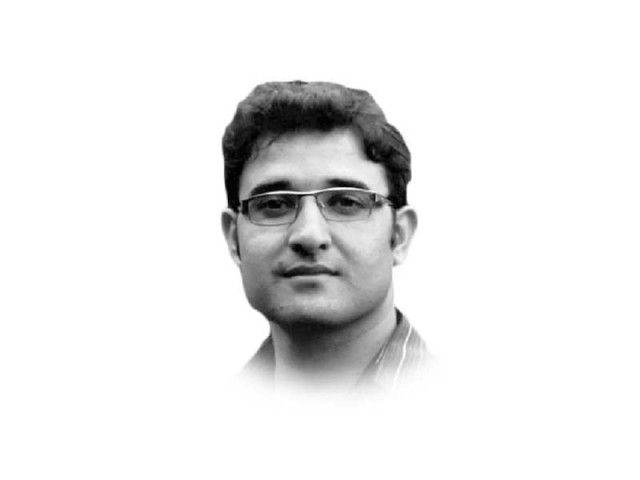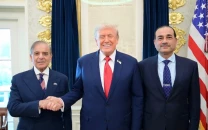PDM examined
The opposition parties in Pakistan are older than the governing party

Ross Douthat, while analysing the political history of alliances in the 20th century, observed that there are “plenty of examples from twentieth-century history where, out of fear of liberalism or Communism, religious conservatives made alliances with secular populists and nationalists, and it ended going pretty badly for everybody.” Not sure if it is the fear of liberalism or Communism but a number of conspicuous and non-conspicuous fears have tied the liberals, nationalists and conservatives together in the shape of the 11-party alliance called Pakistan Democratic Movement (PDM).
But who fears what? It is difficult to establish but easy to guess. A common conjecture made by those who disagree with the PDM is that the major comprising parties fear accountability which has and is likely to expose more of their corruption scandals. But meanwhile the PDM has an important agenda of reforming the accountability process and making it more effective. Who knows what it actually means.
A meticulous observation of the resolutions and narratives coming out of the PDM and its leadership indicates some disconnect. On one side Maulana Fazlur Rahman is keen about ousting the incumbent government — he resonated this narrative during and after September’s multi-party conference hosted by the PPP. On the other hand, Shahid Khaqan Abbasi was reported saying that Nawaz Sharif’s objective is to “change the system and not the removal of the present government”.
Apart from these gaps in the narratives, intentions and objectives, elections in Gilgit-Baltistan played a very crucial role to determine the strength of the alliance. Not all PDM parties participated in the election but those leading the PDM were definitely active in G-B. Out of the major PDM parties, the PML-N, PPP and JUI-F participated in the electoral process by fielding their candidates in various constituencies.
Had there been a true alliance, they would have bargained on seats by fielding and supporting common candidates in different constituencies, but this did not happen. Instead each party supported its own candidate in each constituency resulting in the loss of many votes. For example, in GBLA-II, two of the strongest candidates were from PPP and PML-N running against each other. This did nothing but divide their vote bank. By joining hands in G-B, the PDM could have proved its strength by forming a PDM-led government in the region, but it didn’t. It relied on conventional political slogans and moves, including the allegation of rigging and mass protests, and Gilgit saw violence recently.
The scenario of G-B speaks loudly that the member parties of PDM want to play as a team, but wish to be recognised individually as well. This attitude is lethal, particularly for alliances which are formed by parties with ideological differences.
The opposition parties in Pakistan are older than the governing party. It is the time that being more politically sound, these parties show political sanity. It is known to all these parties and politicians that their role is to serve as an alternative for the discontented voters and not just wait for another election to set their emblem on the ballot paper.
Rather than engaging in politically misaligned ventures, opposition parties should focus on public demands and devise more non-aggressive political ways to translate public interests and demands into policy. Yes, there are those in the opposition who already do their best, but for some, PDM is just a shield to hide their own political incapacity.
In sum, PDM can become a strong opposition force but only if its course is corrected.















COMMENTS
Comments are moderated and generally will be posted if they are on-topic and not abusive.
For more information, please see our Comments FAQ